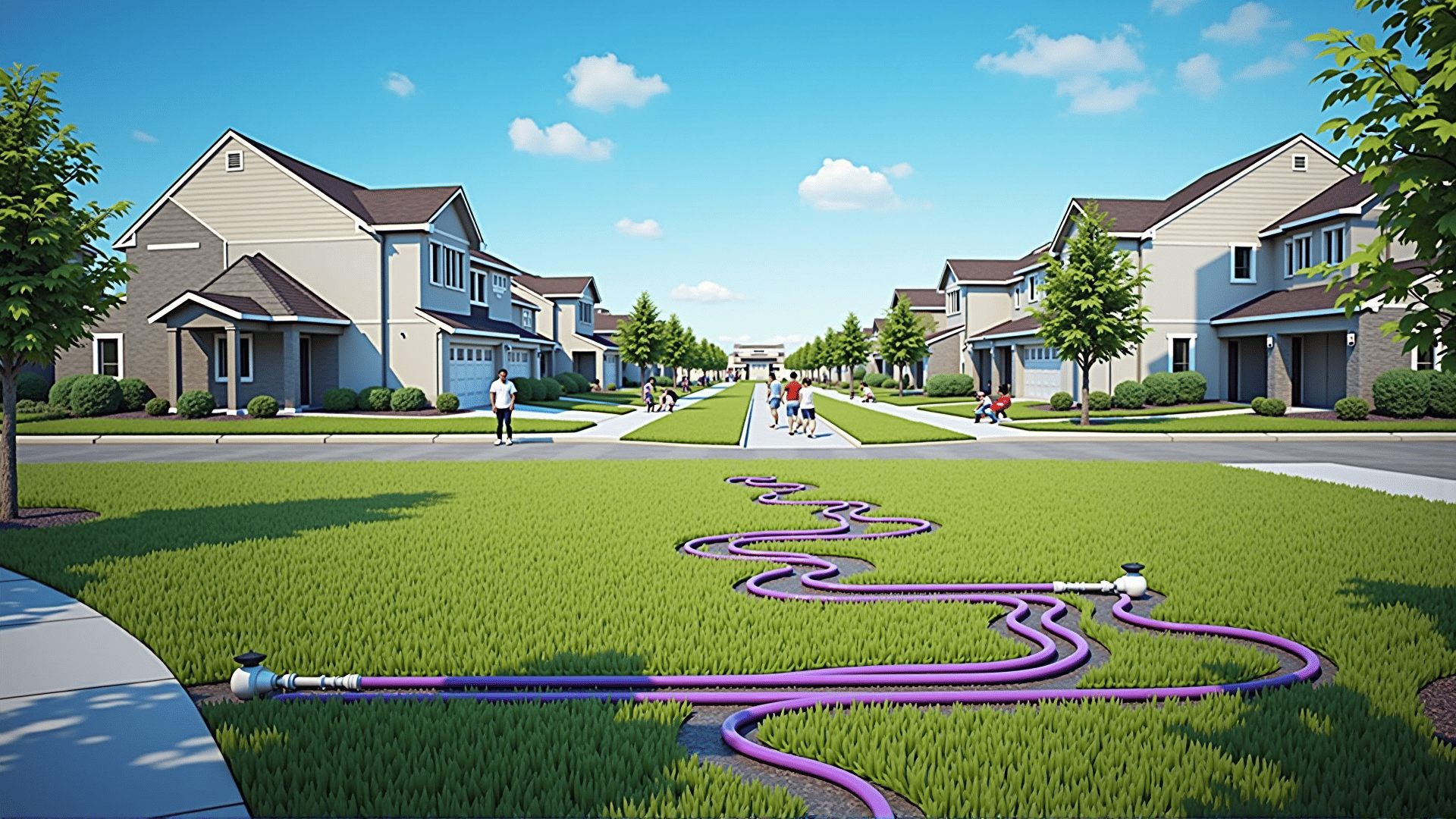In recent years, the growing demand for sustainable resources has ushered in a modern era of water conservation technologies. These innovations are pivotal in ensuring the effective use, replenishment, and administration of our planet's most vital resource. By integrating cutting-edge solutions, individuals and communities can greatly reduce their consumption and increase the reuse of water, ultimately promoting a healthier environment.
One of the most significant advancements in this realm is smart irrigation systems. These systems employ sensors and real-time data analytics to determine the precise water needs of plants, reducing needless watering. By monitoring soil moisture levels and weather conditions, smart irrigation can optimize water usage, catering to the specific requirements of different crops or garden plants.
Another remarkable technology is rainwater harvesting systems. These setups capture and store rainwater from roofs, which can then be used for various non-drinking purposes such as gardening, toilet flushing, or even laundry. By harnessing natural precipitation, these systems provide an alternative source, diminishing the reliance on municipal supplies and reducing runoff that can cause erosion and flooding.
Moreover, advances in greywater recycling have become increasingly influential. Greywater, which includes lightly contaminated water from showers, sinks, and washing machines, can be treated and reused for activities like irrigation or toilet flushing. By recycling this water, individuals can significantly decrease their fresh water usage. Modern filtration systems ensure that treated greywater is safe and efficient for various non-potable uses.
Desalination is another area where technology has made significant strides. Traditional methods were often energy-intensive and costly, but recent developments have resulted in more efficient and environmentally friendly approaches. Modern desalination plants now utilize advanced membrane technologies and renewable energy sources to convert seawater into fresh water, making it more viable for supporting communities in arid regions.
In urban areas, green infrastructure, including green roofs and permeable pavements, is being embraced for its ability to manage stormwater effectively. These systems help absorb rainwater, reducing runoff and replenishing groundwater supplies. By creating spaces that mimic natural ecosystems, cities can better handle rainy seasons and reduce the burden on traditional drainage systems.
Additionally, innovations in leak detection systems have revolutionized the way water networks are maintained. These systems use sensors and IoT technology to pinpoint leaks in pipelines, preventing significant losses. Early detection and repair can save immense quantities of water that might otherwise be wasted due to undetected leaks in aging infrastructure.
Incorporating such advanced solutions into everyday life not only conserves water but also fosters a more sustainable relationship with our environment. As the world faces challenges posed by climate change and population growth, embracing these technologies becomes ever more crucial. Through awareness and implementation, communities can secure a future where water remains a thriving resource for generations to come.
